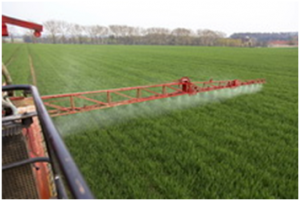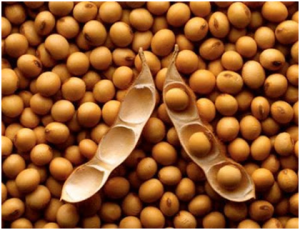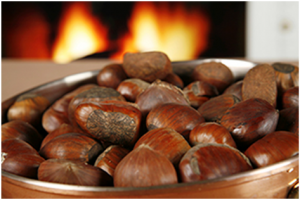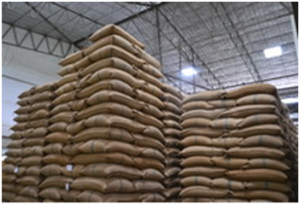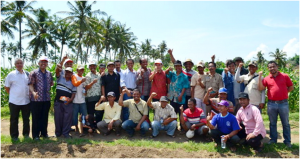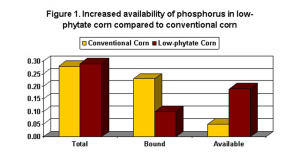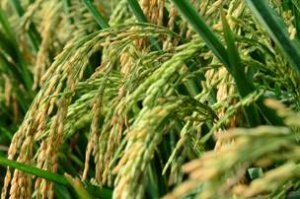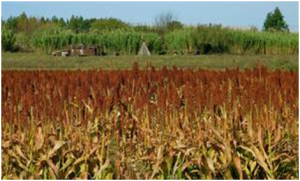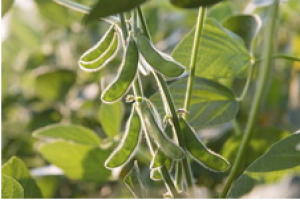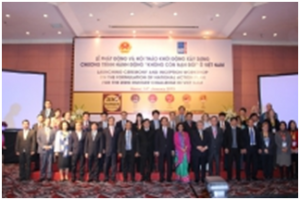|
Extreme bioengineering to meet the nitrogen challenge
Wednesday, 2018/09/12 | 07:57:09
|
|
Stefan Burén, Gema López-Torrejón, and Luis M. Rubio PNAS September 4, 2018 115 (36) 8849-8851
Figure: Prospects for giant genes in plant nitrogenase engineering.
In the 1970s, investigators were already envisioning new technologies to generate crops that could utilize nitrogen (N2) from air to produce their own fixed N species, stating that “cereals that could provide their own fertilizer are beyond doubt the biggest prize of all in the gift of the new biology” (1). At this time, the N2-fixation genes (nif) of Klebsiella pneumoniae had just been transferred to Escherichia coli, making the naturally nonfixing bacterium capable of growing in the absence of combined N (2) and giving hope that this feature could also be carried over to more complex organisms. In PNAS, almost 50 years after the generation of the first N2-fixing E. coli, researchers from the Peking University, in collaboration with the lead author from that breakthrough study, present an ingenious approach to achieve coordinated and stoichiometric expression of nif genes in heterologous hosts (3). The method is based on regrouping genes of complex biological pathways into synthetic “giant genes,” products of which may be further processed into shorter functional proteins on demand. This technology will revolutionize our attempts to transfer the elaborate nif machinery into heterologous hosts, providing researchers with a groundbreaking advance to help generate plants capable of self-fertilization (4, 5).
Successful transfer of nif genes into nonfixing organisms, such as plants, will depend on our ability to execute rational simplifications. Researchers must aim at finding the least possible complex, and most possible robust, genetic components capable of performing nitrogenase-related reactions in cellular environments different from their natural hosts. We must also identify intermediate steps of nitrogenase biosynthesis and develop methods for their analysis so that nitrogenase can be stepwise engineered—and functionally verified—before integration into a complete pathway. Once these objectives are achieved, synthetic biology, combined with increased knowledge of nitrogenase biogenesis and catalysis, will enable fine-tuning and improvement of complete N2-fixing reaction.
Reasons for the need of simplification are plentiful. Genes that produce soluble, stable, and functional proteins in eukaryotic target hosts must be identified. Expression and regulation of multiple nif genes must be controlled, as they are naturally tightly regulated (6, 7). Functionality of some Nif components depend on the correct formation of multimeric complexes, such as NifDK and NifEN; others form more transient interactions that assist in Nif protein folding, protection, and delivery of cofactors or electrons (8). Finally, nitrogenase functionality depends on the biophysical environment of the new cellular host. Well-known factors affecting nitrogenase include sensitivity of its metal clusters to oxygen exposure, ATP levels and reducing power required for the nitrogenase reaction, and metal availability and homeostasis for the biosynthesis of the various nitrogenase cofactors (9, 10).
Reducing nitrogenase genetic requirements to a minimum will likely be crucial for transfer to eukaryotic hosts. Current advances in synthetic biology have provided instruments to pursue the ideas put forward in the 1970s, and recent studies have shown how these new tools can rewrite and refactor naturally occurring nif gene clusters. In excellent studies involving K. pneumoniae or Klebsiella oxytoca as nif sources, gene clusters were reorganized or refactored and transferred to E. coli. Nonessential genetic parts could be cleaned up, and native nif regulation was replaced with fully defined expression units that enabled analysis and optimization of the heterologous E. coli nitrogenase (11⇓⇓–14).
In another study published in PNAS last year by these authors (15), synthetic biology was employed to reconstruct electron-transport components consisting of ferredoxin-NADPH oxidoreductases and ferredoxins originating from plant organelles. Their ability to feed electrons to nitrogenase was tested to identify plant or plant-related proteins that could perform some of the reactions needed for nitrogenase to reduce the number of prokaryotic genes needed to generate a putative N2-fixing plant.
In recent years, we have also seen attempts to express nitrogenase components in eukaryotic cells (e.g., Saccharomyces cerevisiae and Nicotiana benthamiana), and in vitro activity of purified yeast NifH and NifB proteins were reported (16⇓⇓–19). NifH was only active upon targeting to the mitochondria when cultured cells were grown under aerobic conditions, strengthening the assumption that ATP production and O2 consumption will be important for the functionality of plant nitrogenase (20). Unfortunately, while mitochondrial targeting minimizes O2 exposure, it introduces another challenge, as the proteins now have to be equipped with a leader sequence that must be properly cleaved upon mitochondrial import. In the perhaps most elaborate eukaryotic Nif study published so far, nine nif genes (nifHDKUSMENB) were cotransferred to the genome of yeast (21). In contrast to the other two studies that used strong and inducible galactose-dependent promoters to drive Nif expression, constitutive promoters were designed here to render expression levels and stoichiometries more similar to the natural nif system (6). From this work, it became clear that accumulation of Nif proteins in mitochondria did not always correlate to expected expression levels and that mitochondria leader sequences could influence Nif protein accumulation. Importantly, expression of NifDK and NifEN heterotetramers proved difficult, indicating that complex formation upon import to the mitochondria was challenging.
|
|
|
|
[ Other News ]___________________________________________________
|


 Curently online :
Curently online :
 Total visitors :
Total visitors :
(52).png)




